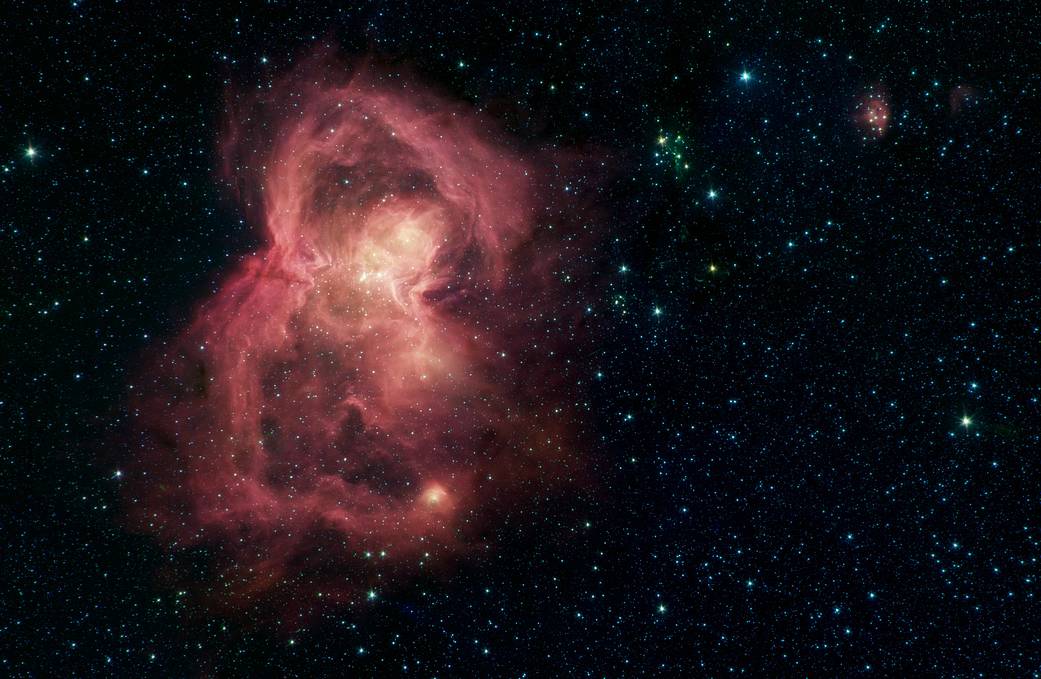
New Space Innovation Laboratory To Support Research and Mission Planning
The new Leinweber Space Innovation Laboratory is coming to the Climate and Space Research Building in 2024.

The new Leinweber Space Innovation Laboratory is coming to the Climate and Space Research Building in 2024.
A new laboratory is coming to the U-M Department of Climate and Space Sciences and Engineering, slated to be completed by 2024. Named the Leinweber Space Innovation Laboratory, the lab will support space research, mission planning and learning.
The Climate and Space Research Building will undergo renovations to accommodate the Space Innovation Lab. The Leinweber Space Innovation Labpratory will include four flexible studios so engineering teams can collaborate with faculty and researchers in separate areas or combine into one group. Technology capabilities for the project will be designed to support research events for teams working in the space and across the globe in real time.
The $6.1 million project is being designed by the architectural firm of Integrated Design Solutions, funded by the College of Engineering. The project is expected to be completed by the winter of 2024. During the phased construction project, nearly 6,000 square feet will be renovated, and the Helio Lab, currently located in the space, will be relocated.